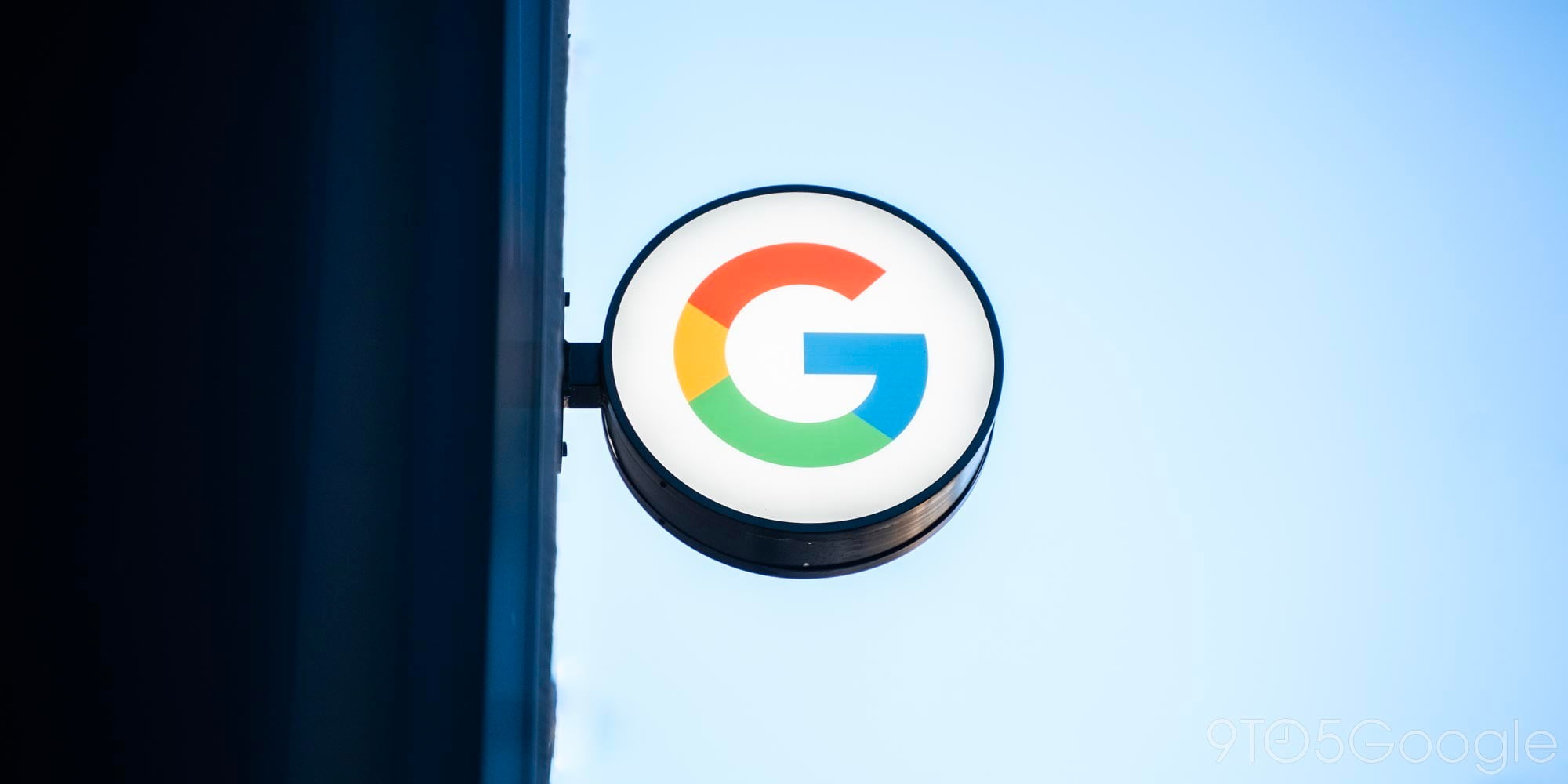

While many good reasons can be given for this disparity, ranging from Apple’s marketing budget to its reality-distortion field, there are a couple of key aspects to this situation that haven’t often been mentioned…
Pent-up demand
Many of the articles comparing the two platforms’ sales numbers have implied that Apple will keep selling Watches in astronomical numbers as it did on day one—and thus completely dwarf Android Wear sales.
But this is an obvious fallacy. Apple announced its Watch line at an event last September, and immediately started the PR train rolling. This means that there have been six months during which iPhone owners have been exposed to Apple Watch marketing, with the pitch being ramped up by another well-publicized event a month before pre-orders opened.
In other words, Apple (and the press) have been “selling” this watch for half a year. We’re just seeing those first six months of sales in a single day.
Of course the sales won’t continue at this pace. Evidence of that can be seen in the order lead times. Within a couple of days, they’d slipped into June – and now, nearly two weeks later, they’re still there. Obviously, if that early rate of sales had continued, orders placed now wouldn’t be shipping until 2016.
The bottom line: these first-day sales are indeed Apple marketing at work. These sales are all pre-orders, from people who have never even seen an Apple Watch in person, but are convinced that they want one nonetheless.
Which brings us to Apple’s most clever marketing move of all…
The Watch app on iPhones
The iOS 8.2 update released in early March contained something that surprised more than a few people (but notably not us): the Apple Watch companion app, which was automatically installed on every phone that got the update.
Ostensibly, this was to get iPhones ready for the forthcoming release of the Watch. If the interface app is already installed, that’s one less step that the user has to go through upon buying the Watch. And there’s no denying that it will ease the transition for those folks..
But viewed in a different light, this “update” was also a sly guerilla marketing campaign.
Arguably, one of the biggest hurdles facing wearables is simply one of awareness. I’ve been wearing various smartwatches for over a year, and when people notice them, they tend to be taken aback that such a thing even exists. For those of us immersed in this ecosystem, it seems surprising, but I think most “civilians” are only now becoming aware of wearable tech.
But millions of these folks have iPhones, and last month they suddenly saw a Watch app appear on their phone. An app that can’t be uninstalled, but which did nothing without an actual Watch – a Watch that they couldn’t actually buy yet. Every day, they’re seeing that app sitting there, waiting. Waiting until April 10, when they finally could buy the new hardware.
Is it any wonder that a million of them actually did so?
Note to Google: If you want to boost Android Wear sales, make the Wear companion app part of the required system suite in Android 5.2.
FTC: We use income earning auto affiliate links. More.




Comments